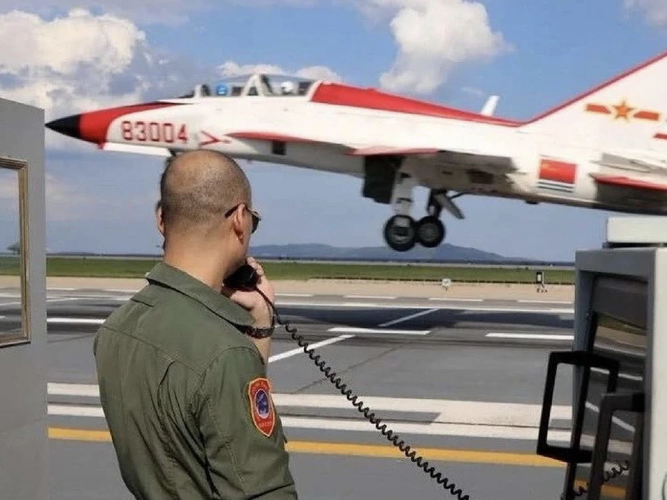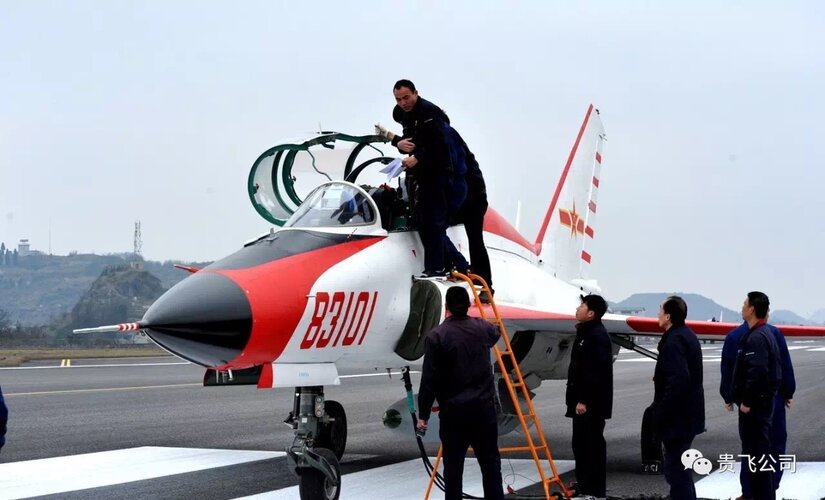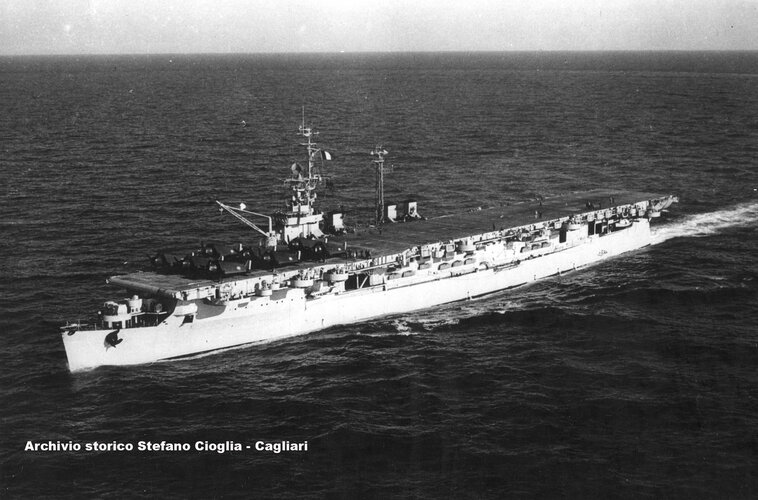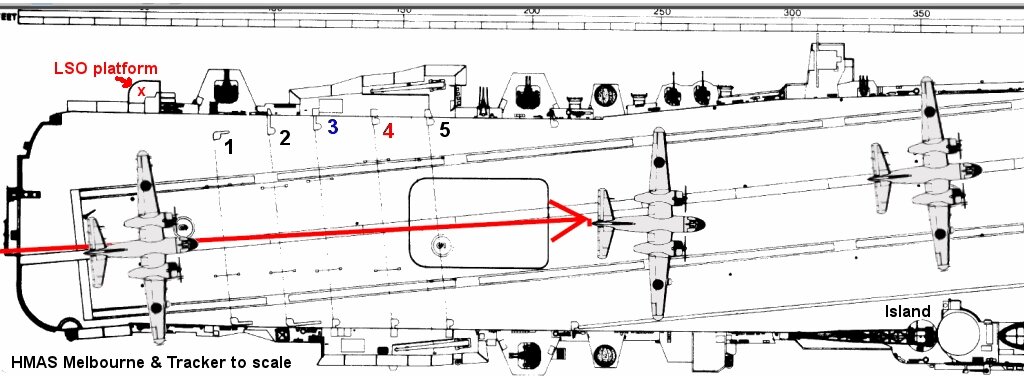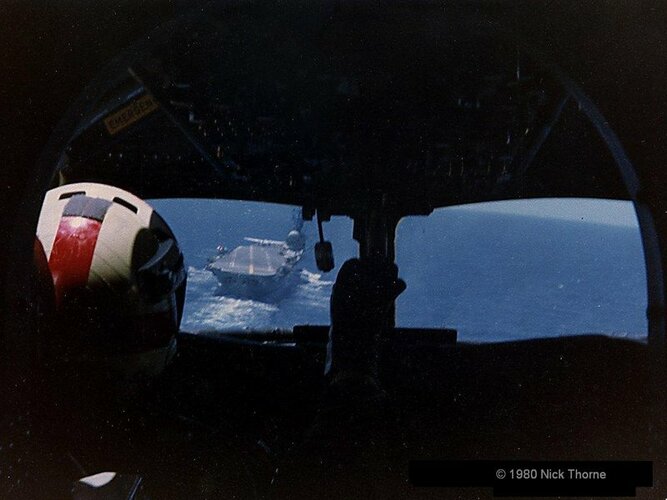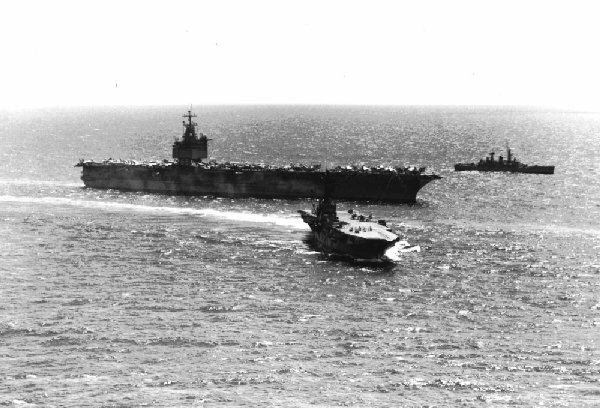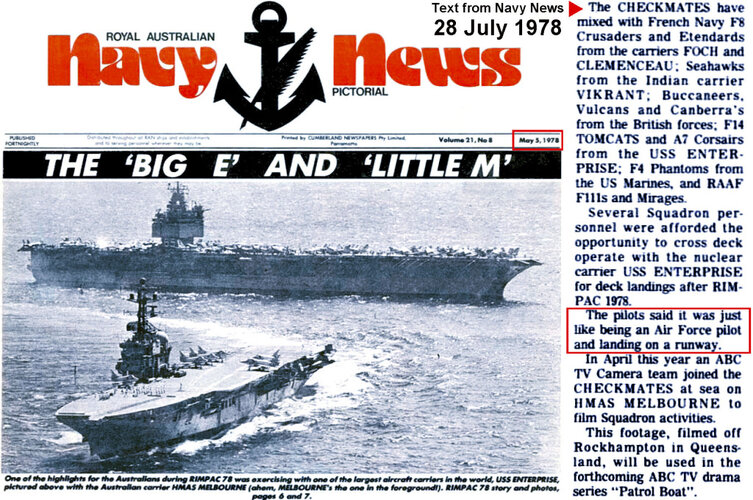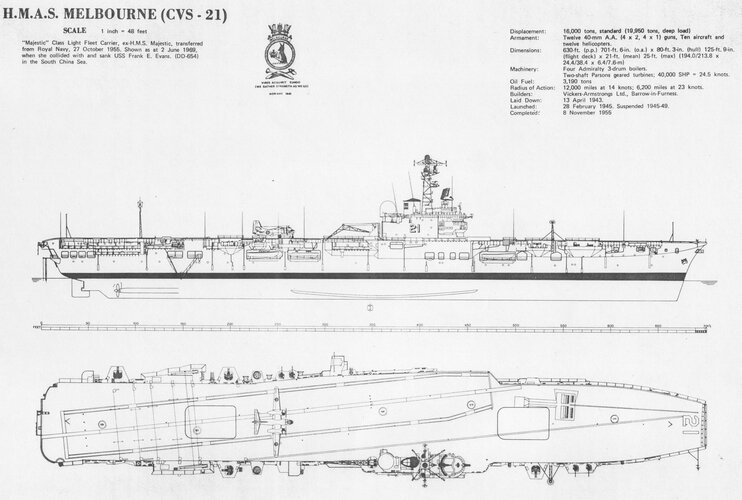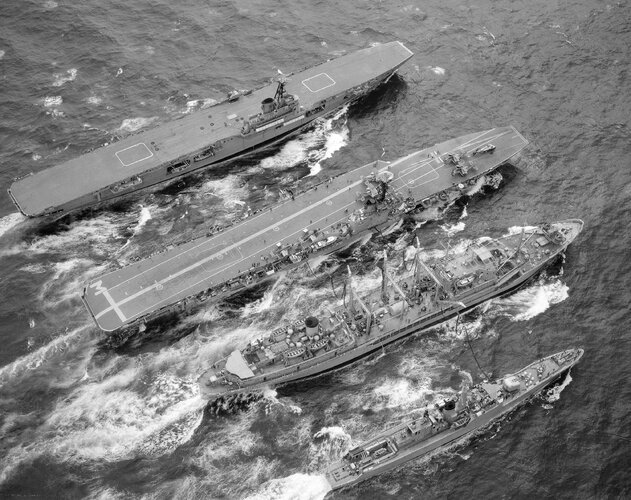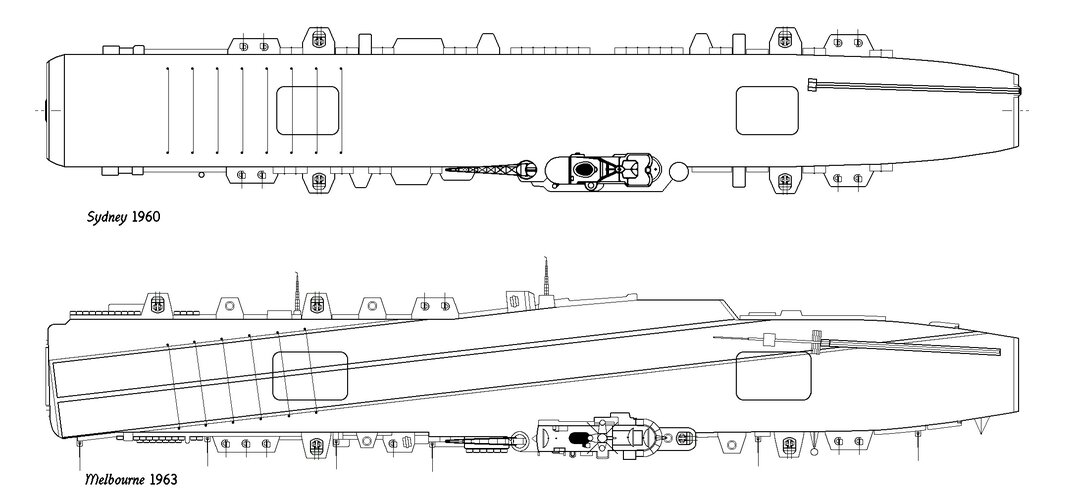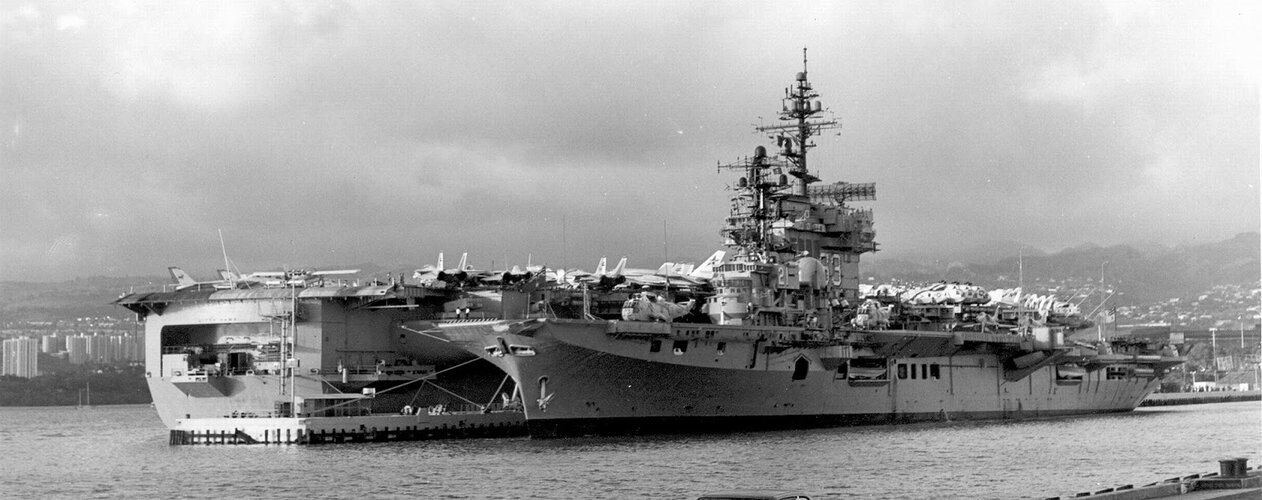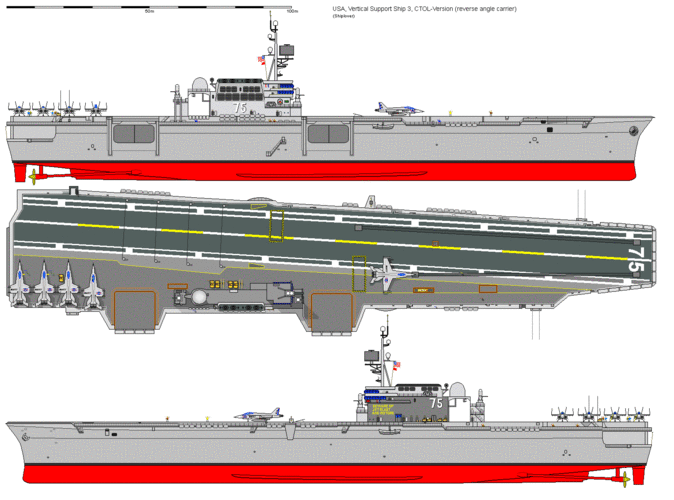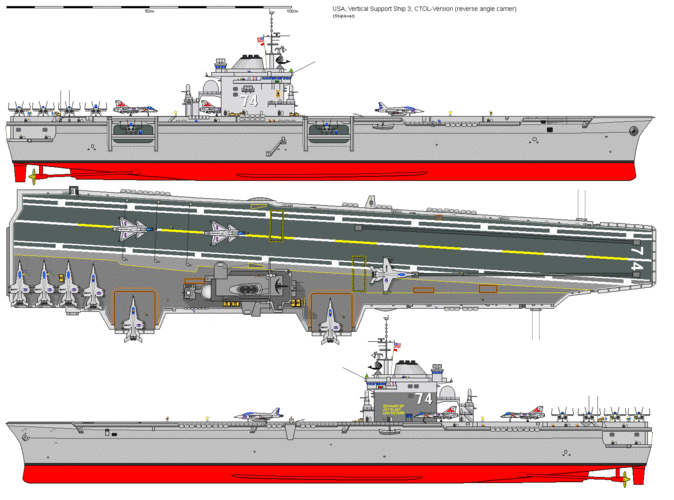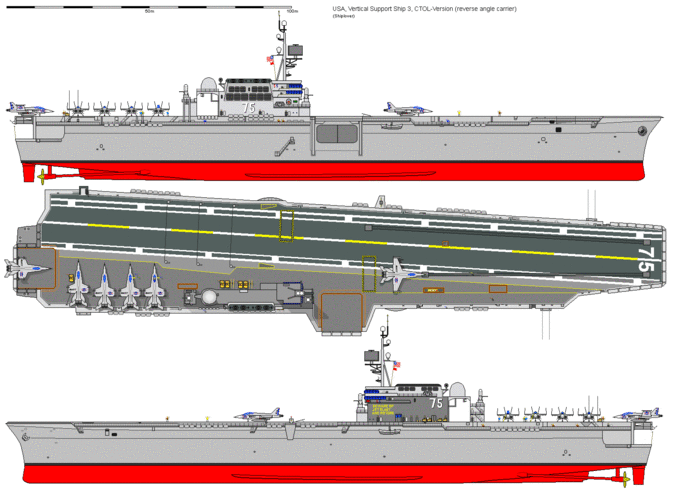Right, could have/should have deleted the "VSTOL" out of that statement.
With the baby carriers, we're talking about 20-30 aircraft. (Yes, I know spotting factors complicate things, but saying 20-30 is enough for rough ballpark work)
So the air wing looks like:
3x AEW birds (fixed wing or rotary wing),
8-10x fighters,
6-8x ASW helicopters.
Maybe 1-2x tankers,
definitely 2x COD types (if those are different from the tankers).
Air wing of about 25, could be as low as 19.
Question becomes,
what fighters are available to fly from these carriers? Legacy Hornet is out of production, Super Bug is on the way out. MiG29K, but can you trust Russia? Rafale M? Anything else?











